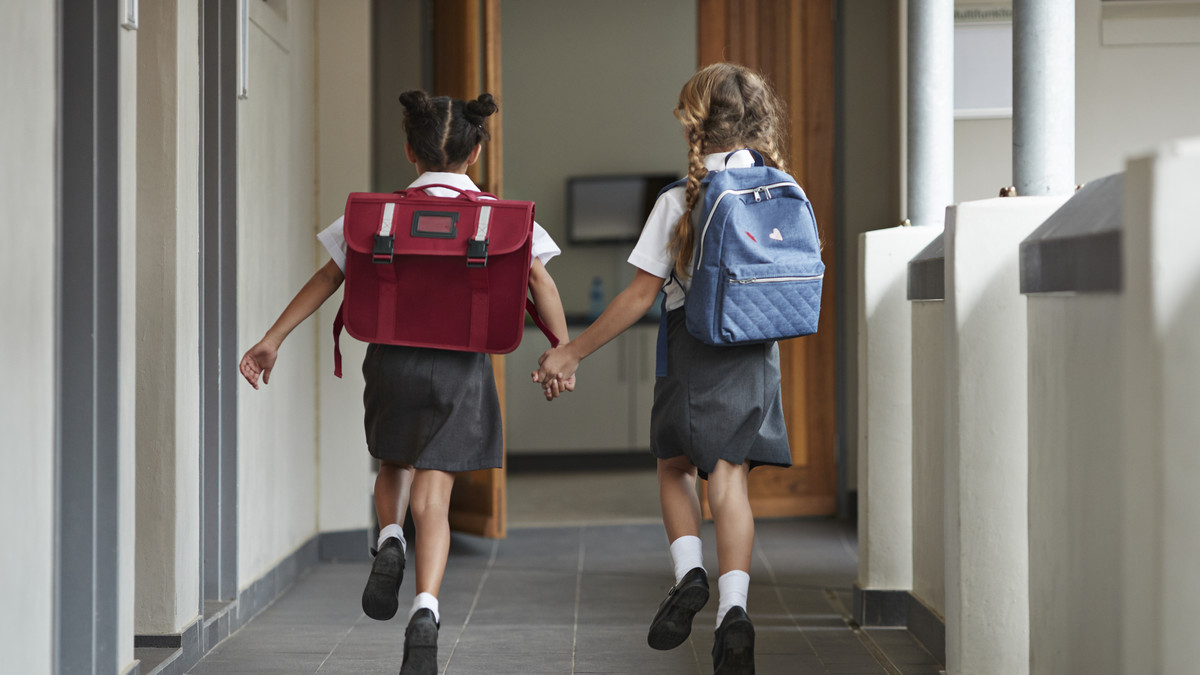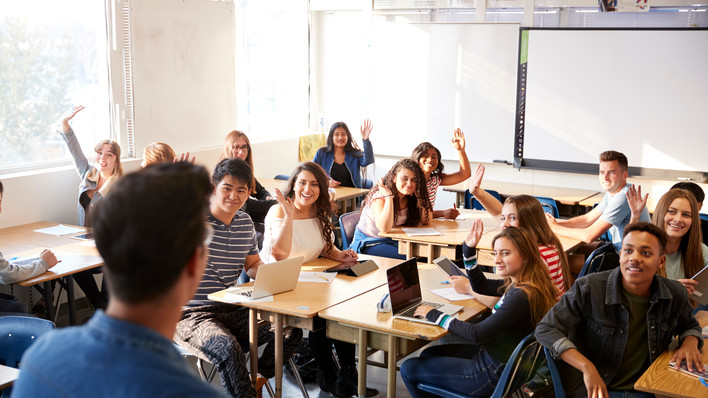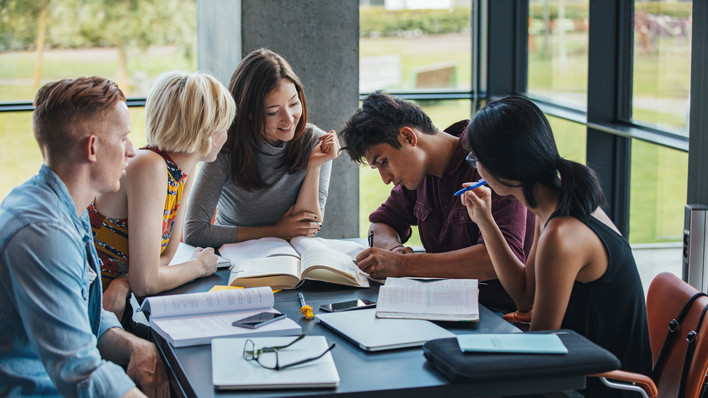To open up new opportunities for students with autism, the Ector County ISD Innovation and Special Education departments are purchasing virtual reality equipment.
The virtual reality experience will include life skills, career and technology education, biology and anatomy among other subjects. Collaborators in this new initiative include Texas Tech University in Lubbock, Texas Tech Health Sciences Center in Odessa and possibly Microsoft Research in Seattle.
Chief Innovation Officer Jason Osborne met the founders of a company called syGlass while presenting on the PICK Education program at the University of Texas at Austin in June. The title of Osborne’s presentation was “Igniting Curiosity and Discovery through Big Data Analysis in the K-12 Classroom.”
Osborne said syGlass is a fairly new company, but it’s doing some groundbreaking work that can enable people to map neurons in the brain, for instance, in a virtual reality setting.
The equipment also can add virtual reality to the learning environment of special education students. Executive Director of Special Education Tracy Canter said it would be a safer environment to learn life skills and give students opportunities they might not otherwise have.
“We worry a lot … when we need to teach life skills to our kiddos. It provides us an opportunity to expose them to experiences of their interest, whereas it may not be appropriate for me to take one of my kiddos into a welding shop, or into automotive shop,” Canter said. “For some of our kiddos, it is appropriate for some of our kiddos with more cognitive or significant delays, or orthopedic impairments, it’s just not a safe environment — so how do we expose them to those opportunities? Jason came to me and started talking to me about some of the virtual reality and I thought, ‘Oh, my gosh.’ He said what do you think about a partnership and I said you are speaking my language; (I would) absolutely love the opportunity to work with some of that.”
“It’s going to be a part of the transition living center. That’s where we’re going to house all of our virtual stations,” Canter said.
Osborne said plans are to have multiple types of virtual reality devices.
One is from a company called zSpace, which includes curriculum that is embedded with “a lot of our core platform” and the state curriculum. Osborne said it also has a life-skills component, so if a student wants to learn something about auto mechanics, he or she can do that in a safe and virtual environment.
“Another system that we’re looking at is even a more advanced system (through syGlass) where students can manipulate real-world activities in partnership with some of our local scientists, so if they want a real-world question these students would have an opportunity to help answer real-world questions just like they would in an occupation or a job,” Osborne said.
Osborne said the syGlass software currently doesn’t exist in kindergarten through 12th grade.
Canter said she was excited about the opportunity this equipment and software will give her students.
“We’re looking at even going into augmented reality, so we spoke with a potential Microsoft research collaborator working on the research end of Microsoft in Seattle, Washington, and they are extremely interested,” Osborne said.
Augmented reality is where you’re able to see things that don’t exist in your environment, but the rest of your environment remains visible. Virtual reality is where you are immersed in an environment and what’s around you doesn’t appear anymore. You are in that world.
Initially, Canter said about 33 students would have a chance to participate.
“But we’re looking at expanding that across the school district. We serve right now about 264 students that are identified as having autism,” Canter said. She added that closer to 50 to 100 students would be able to come into the environment.
“We’re going to start slow,” Canter said. “We want to work with just a few students at time. Eventually, we’ll get to that many (the 264), but we’re going to just start slow and see what that looks like. We’ll start with our learning center kiddos and then expand out for some our high school and more advanced kiddos with autism that just want this opportunity to come in and do the virtual and augmented reality.”
She added that it could also be used to teach students how to cross the street.
“We have kiddos [who are] highly sensitive to sensory inputs, so sounds can set them off. We really work on living skills and crossing the street is a perfect example. It scares the life out of me to take some of my babies outside to try to work on crossing the street in the real world. With VR, we have the opportunity to get them used to (it)” and illustrate what it sounds like when a car goes by and you’re a certain distance from it, Canter said.
“If we can work with them in that safe environment where they can cross the street safely before we walk out and try to do it in real life, we’re not taking chances or experimenting with kiddos. We’re able to really kind of work on some small concepts with some of our students and that’s a very simplistic view of some of the things that we’re going to do,” she added.
This article is written by Ruth Campbell from Odessa American, Texas and was legally licensed via the Tribune Content Agency through the NewsCred publisher network. Please direct all licensing questions to legal@newscred.com.
![]()



